Unlike many travel bloggers out there, I actually have a full-time day job that I use to fund my travels. Whilst this affords me financial security and gives me a reliable income, what it also unfortunately means that I only have a limited amount of annual leave in which to travel.
So each trip that I take has to be meticulously researched, planned, and organised in order to make the most of the limited time that I have.
My job is easy, stress-free, and convenient to work – factors that allow me to maximise the time and energy I put into running this blog. However as a result it’s not incredibly well-paid, so it’s important that I keep the costs of my trips as low as possible.
As I live in the UK, I travel to Europe a lot (something I hope to still be able to do after this shocking referendum result). Europe is home to some of my favourite cities in the world, as well as some incredible architecture and amazing food, and an array of diverse and beautiful landscapes.
What’s more, a budget trip doesn’t have to be spent in a single town or city; I’ve taken plenty of multi-centre trips around European countries, using low-cost public transport to travel between destinations. In the last few years I’ve planned, booked an organised a 7-day trip around Hungary, a 10-day trip around Turkey, and a 10-day trip around Greece.
So here are my top tips for planning, booking, and organising your very own Euro trip.
Decide where you’d like to go and research the best and cheapest times of the year to go there
I have a travel hit-list board in my kitchen, and every time I read about somewhere new that I’d like to visit, I add it to my travel hit list, along with the best times of year (climate, price, things to see and do) to visit. This may take time to begin with, but then when it comes to planning my travels, I have a ready-made list of destinations and coinciding months of the year.
Use Skyscanner and Kayak to research and book your flights
Skyscanner have a brilliant, super flexible search function that I use ALL THE TIME. If you have specific dates, and a particular destination in mind, you can perform a search that will only return results that fall within this criteria.
BUT you can also broaden your search (the more flexibility you have, the better the deals you’ll find) to to include a “whole month” or the “cheapest month” or even the “whole year”. You can also amend your departure airport to include all London airports or even all UK airports, and your destination airport to include any within a given country or “everywhere”.
I live in Shrewsbury, in central England, so there are a number of airports – Birmingham, Manchester, Liverpool, and London (with the exception of Stanstead, which is a bitch to get to) that are easily accessible options for me to travel to. For this reason I often choose “UK” as my departure airport so that all viable options are covered on my search.
Whilst I generally prefer to use Skyscanner, Kayak has a useful feature whereby you can choose a departure and destination airport and select “search nearby airports”, which allows you to narrow your search down to a specific part of the country. If you choose specific dates, you also have the flexibility to search three days either side those dates.
So when I was booking a long weekend in Porto last October, I just couldn’t find any flights that would give me the right amount of time in the country. I wanted four nights but Skyscanner was only offering options for less than that (too much of a fleeting visit) or more (I didn’t have the leave to cover more). So I turned to Kayak, which then gave me the option of flying out of Liverpool, but flying back in to Manchester five days later. Boom.
So I would say start with Skyscanner but if you’ve found a cheap deal where the dates or flight times aren’t quite right then Kayak’s search function could provide you with a solution.
Plan your itinerary using Google Maps
If (like me) you have a full-time job, the length of your trip will be dictated by the amount of available leave you have remaining, and how many other trips you want to be able to take using that leave.
Generally I believe that you need a minimum of three nights for a city break, but if you have five nights or more I would advise adding an additional destination into your itinerary, and with seven nights you can probably afford to raise that destination total to three.
It all depends on the style of travel you favour. Because most of my travels (with the exception of two long-term trips to Southeast Asia and South America) have to be completed within a limited annual leave allocation, my travel style tends to be fairly busy; I’m constantly on the go from (reasonably) early in the morning until late afternoon/early evening.
I plan my trip around an initial starting point, whether that be my arrival city or a particular sight or landmark in a country. I then call up that city/town/area on a map, and see what’s close by. I use Rome2Rio and GoEuro to check what the transport links, costs, and distances are like between destinations. I check Lonely Planet for information on specific destinations or Pinterest for articles and photographs. How much there is to see or do in a particular town or city and accommodation costs determines how many nights I factor into the itinerary.
Keep accommodation costs down by using the filter and search functions effectively on booking sites
Accommodation costs can account for a large chunk of your Euro trip budget so keeping these costs as low as possible is paramount if you want to stick within a budget.
My go-to booking website is generally booking.com, but it’s also worth checking hotels (they have a loyalty scheme whereby you stay ten nights and get one free as well as frequent member discounts), hostelbookers (for dorms and private rooms in hostels), Airbnb (for apartment rentals; we scored a cute little apartment in central Athens for just £30 per night when the cheapest central hostel was around £50 for the two of us; get £20 off your first booking here) and the website of the hostel or hotel itself.
There are a number of options available to help you filter your search. You can set a maximum budget per night, choose the area or areas in which you want to be based, what type of accommodation you want to stay in (hotels, hostels, apartment rentals), and the review score of the property (amongst many others). It’s also useful to do a search without dates, because if you find a hostel or hotel you really like but that’s not available on booking.com on your chosen dates, it’s often available on one of the other sites. Each one has a set allocation of rooms at any given property.
And if you need some suggestions for incredible places in Europe that you absolutely need to see?
#1 The incredible clifftop monasteries of Meteora, Greece
Located in the fertile plain of Thessalia in mainland Greece, Meteora offers hiking and photographic opportunities in bucket loads, through landscapes so extraordinary that they have to be seen to be believed.
Meteora is easily accessible by bus from Thessaloniki or Athens. A lovely 10-day trip is to take the Thessaloniki – Meteora – Athens – Hydra – Athens route.
#2 The magnificent Alhambra and the labyrinthine streets of the Albayzín, Granada, Spain
I’ve been to Granada many times. It’s easily accessible from Malaga airport and there are a variety of beautiful Andalusian towns and cities in the area. However I never get tired of visiting these two sights.
The Alhambra is one of the most famous tourist attractions in Europe and really needs no introduction but the Albayzín is Granada’s old Moroccan quarter. It rises up on the the opposite side of the Darro valley to the Alhambra, and therefore offers some photo-worthy views of the magnificent palace and fortress complex, as well as countless intriguing cobblestone streets and whitewashed architecture.
#3 The colourful, rambling, and mysterious streets of ancient Porto, Portugal’s second city
Of all the cities in Europe that I’ve visited in recent years, Porto is one of my favourites. It’s cheap (by Western Europe’s standards; we managed to find an apartment rental (private room, shared facilities) in the Bolhão neighbourhood for a total of just £73 for four nights – for two of us!), majestic (in a faded grandeur kinda way) and the food is amazing!
Do you have any further tips to share? Or any towns, cities, or landmarks in Europe that you consider an absolute must-see?
If you like this article, please please share it on social media using the share buttons at the top of the post. Alternatively you can follow along on Facebook, Twitter, or Google+ or you can look me up on Instagram or Pinterest too!
**This post was inspired by (and includes some of) the travel tips I provided to GoEuro as part of their Top Expert Travel Tips for Planning your Euro Trip article. You can read the full article here**
**Some of the links in this post are affiliate links. All this means is that if you make a booking through one of the links I have provided, I will earn a small commission as a result but the cost to you will remain exactly the same**


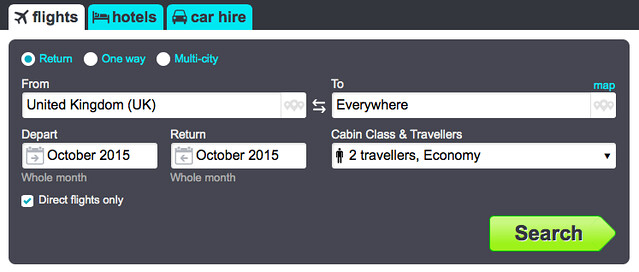
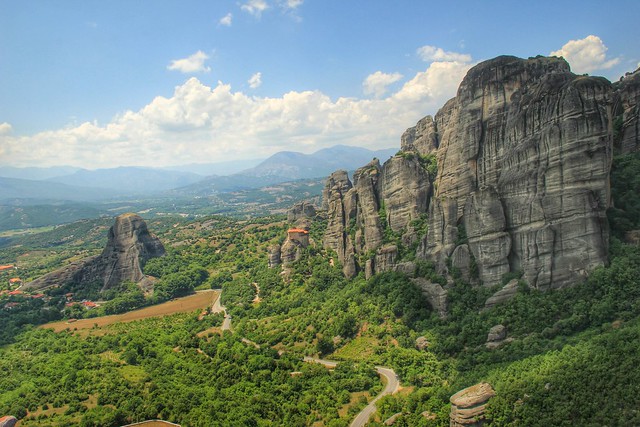


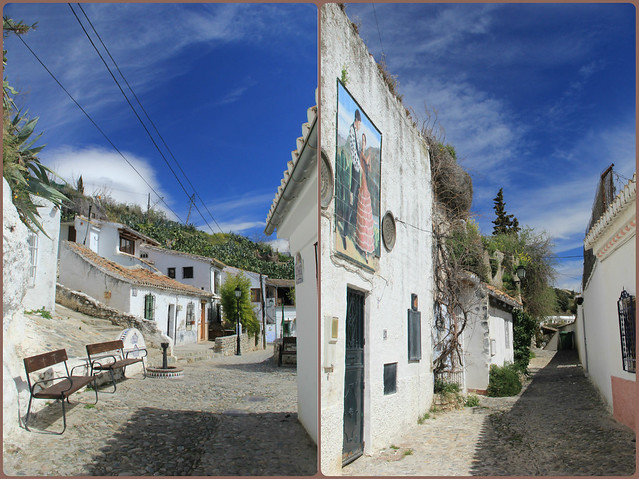
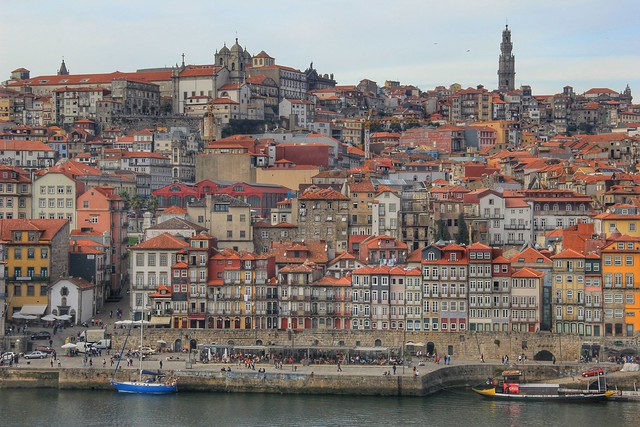



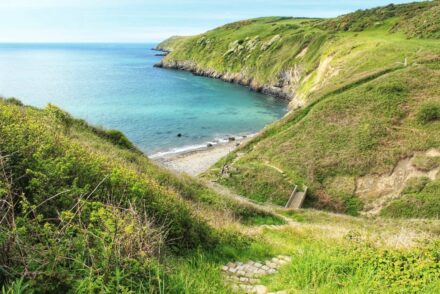



6 Comments
Love this! Google Maps is one of my main tools in planning as well. I wish I had unlimited time and money for all the travel, but I try to make the most of my trips abroad!
Snap! I hate having to fit all my travels into a limited amount of annual leave, because I just don’t feel like it gives me the time to explore anywhere very thoroughly. Yes, Google Maps is a godsend, I don’t know how I ever did without it! 🙂
Thanks for sharing these great tips! James and I are going to be travelling for 3 weeks around Eastern Europe in January (I’m hoping for romantic, fairytale-esque snow, not constant rain!) and this post will definitely come in handy for our planning – especially the websites Rome2Rio and Go Euro – I didnt even know they existed! 🙂 Thanks again!
Honestly I use Rome2Rio all the time! I only discovered GoEuro relatively recently but I’m also finding it super useful. I’d definitely recommend somewhere like Riga or Tallinn in January as the architecture there (especially when it’s covered in snow) is exactly like a scene plucked from a fairytale – pastel-coloured houses, narrow streets and tall church spires 🙂
I’m so glad to see that there are other travel bloggers who actually plan their trips in advance! 🙂 Most people just seem to say that traveling is not traveling if you’re not spontaneous – jump on the plane and see how it goes… I find it such a waste of time and money not to research your destination in advance and have learned it the hard way after our first big trip to Australia years ago – I realised that we missed several great places because we hadn’t done our homework. Great tips, Kiara. And in case anyone still doubts – good preparation will make your trips so much more enjoyable (and will save you time and money).
I’m a planner at heart I think. I feel a lot more stable having certain elements of my life under control 🙂 However I do think that if you have a roughly planned itinerary you can still leave time to factor in any spontaneous adventures that arise, because it’s often those sorts of experiences that really make a trip amazing!